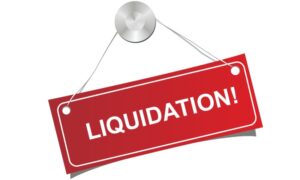Liquidating
There can be several reasons for a company to be liquidated:
- cessation of business
- being unsuccessful in business
- becoming insolvent
- insufficient accounting
- conflicts between stake holders, members of the board etc.
According to law the liquidation decision is in the competence of shareholders. The decision is enforced when 2/3 shareholders agree with it. When starting the liquidation process, shareholders name the liquidator. Corresponding note is then put into Commercial register. Shareholders can turn to the court to assign a liquidator.
The duration of the liquidating procedure is 7 months. During the liquidation procedure order stated by the legislator must be followed: initial balance of the liquidation must be composed, creditors must be informed, assets must be sold, receivable demands must be exacted etc.
At the end of the liquidation, the liquidator composes the final balance and plans the dividing of the assets. If the company does not have enough assets to cover the claims stated by creditors, a proclamation for announcing insolvency (bankruptcy) must be submitted to the court.
Shareholders are responsible for liquidating the company (or rise the capital to the minimum stated by the law) if the company’s net assets compose less than a half or less of the share capital stated in the statute. If the responsibility is not followed liabilities stated in the law can occur.
Leave all procedures related to liquidation for Likvideerimisteenused OÜ. Doing so, you have more time for things you are better at, and what are more profitable for you.
We are certain we can be helpful in liquidating your company.
Call us and book a free consultation.

